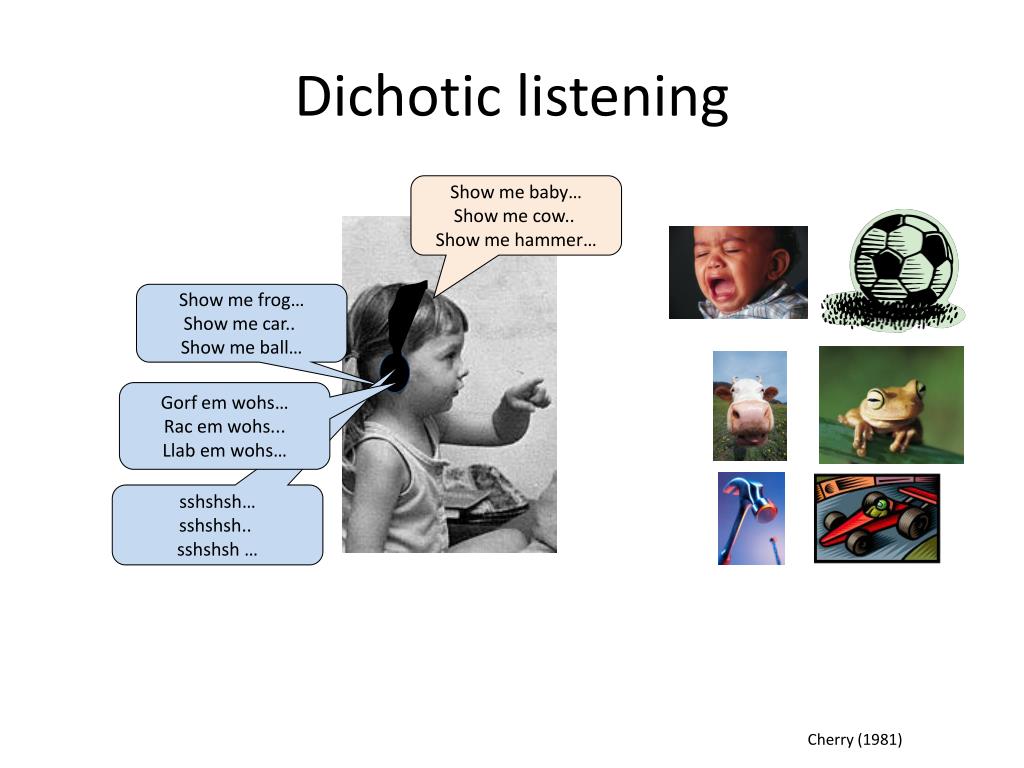
Left–right confusion, Sex differences, Mental rotation, Hemispheric asymmetries, Dichotic listening.įull text not available from this repository. This finding suggests that the impact of functional verbal asymmetries on LRC is mediated by sex. In the present study, 13 participants underwent a 4-week dichotic listening training programme with instructions to report syllables presented to the left ear (. There was no sex difference in less lateralised participants. Twenty-two patients (10 men, 12 women) with a principal diagnosis of OCD based on. However, only women with a significant right ear advantage in the dichotic listening test had more difficulties in LRC tasks than men. healthy controls on five different language-related dichotic listening. Although women were not less lateralised than men, both tasks consistently revealed that women were more susceptible to left–right confusion than men. To measure the degree of hemispheric asymmetry participants also completed a dichotic listening test. (which means bubble in ancient Greek), foot-and-hand eczema, palmoplantar eczema and vesicular eczema, is found more frequently in women than in men. Analysis of dichotic listening performance in 57 healthy men and women aged. In the present study, 34 right-handed women and 31 right-handed men completed two behavioural left–right discrimination tasks, in which mental rotation was either experimentally controlled for or was not needed. It is argued that the dichotic listening technique is a method to study the. The RH male - to - female and female - to - male. However, those studies reporting more left–right confusion for women have been criticised because the tasks that have been used involved mental rotation, a spatial ability in which men typically excel. ( 1992 ) also administered a dichotic listening test to their transsexual participants ( see above ). Responder vs nonresponder differences for verbal dichotic listening in women and nonverbal dichotic listening in men are discussed in terms of differences in cognitive function, hemispheric. It has been suggested that women have more difficulties with left–right discrimination, because they are less lateralised than men and a lower degree of lateralisation might lead to more left–right confusion (LRC). such as attending to information based on whether it is a male or female voice, is relatively easy. and twenty-four male and female nurses on a dichotic listening task and found. Dichotic listening simply refers to the situation when two messages are presented simultaneously to an individual, with one message in each ear. With the development of more accurately produced dichotic tapes it has.

Indeed, some studies have also found sex differences in behavioural tasks. In particular, they used dichotic listening and shadowing tasks to evaluate the selection process. observed such that women had higher hit rates than men on. Numerous studies have reported that women believe they are more susceptible to left–right confusion than men. In dichotic listening, a right ear advantage for linguistic tasks reflects left hemisphere.


 0 kommentar(er)
0 kommentar(er)
